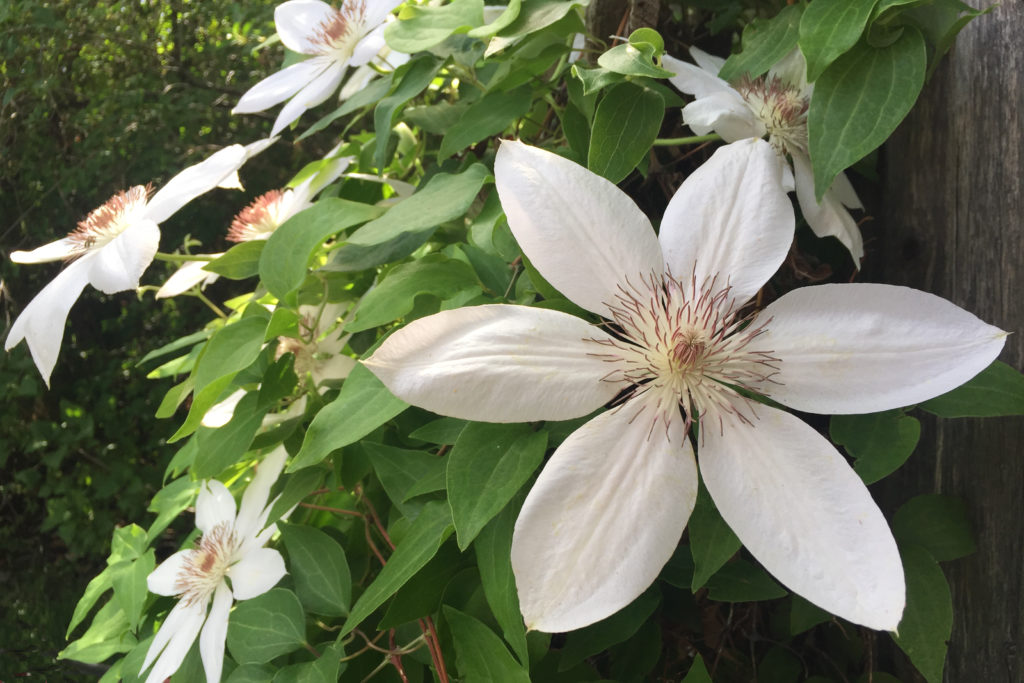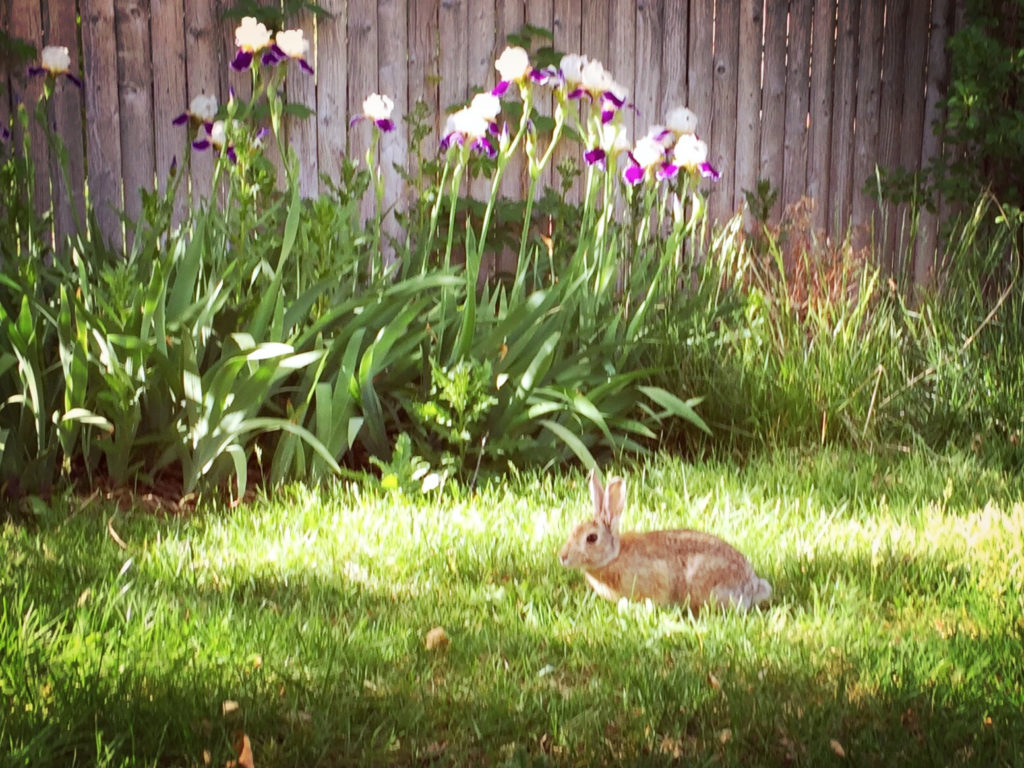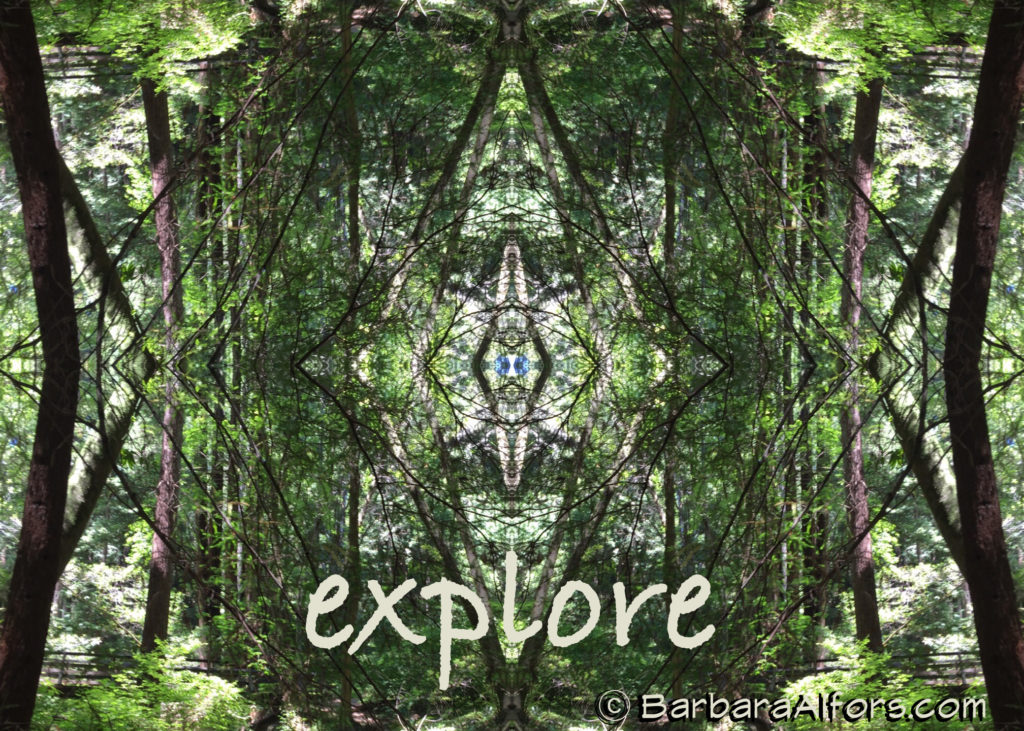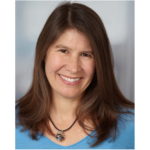There are many ways to think of centering; the way I like to think of it is coming to a place of listening to your own wise self. When you are centered, you are able to think more clearly, make better decisions, and avoid creating unnecessary conflicts.
Here are a few ways to practice centering. This is called a practice because it works best if you keep repeating it to build new neural pathways (see my centering resources post).
- Noticing your Breath
The easiest way for me to center myself in most situations is to focus on my breath. This can be done in many ways;
a. put your hand on your heart or stomach and notice the rise and fall of your chest or stomach as you breathe
b. focus on the difference of temperature of the air as it goes in and out of your nostrils
c. imagine the breath filling every part of your body as you inhale
d. imagine you are breathing in from the bottom of your feet, and exhaling out the top of your head (or the reverse) - Imagery or Visualization
Focusing on a favorite image is another way to get centered. This can be an actual picture or artwork, or an imagined image or place. One way to select this image is to imagine yourself beautifully calm and peaceful, and pick an image that you connect with this feeling. - Touch
A simple method of centering using touch is to rub your thumb and forefinger together with such delicate attention that you can feel the fingerprints on both thumb and forefinger. This method has the advantage of being accessible in almost any situation. (From Shirzad Chamine) - Keywords or Mantra
Words are a good way to connect to center for some people, and a powerful mantra, key word, or inspirational phrase may help us to counteract the voice of the inner critic, and instead build neural pathways that focus on more positive feelings. One method of finding a powerful mantra for yourself is to think of the voice of your inner critic in a stressful situation, and find a phrase to neutralize that critical voice. For example, if your inner critic often tells you that you are weak, a good phrase might be “I am strong.” Writing the phrase down and putting it someplace you will see it often, like a sticky note on a bathroom mirror, can help you to remember to come back to this phrase. Repeat it often so it will be available in your brain when needed. - Noticing and Naming Thoughts and Emotions
A mindfulness practice involves noticing and naming your thoughts and emotions, and this can be very useful in bringing ourselves to center. We have thoughts running through our minds constantly, and most of these are either a distraction or from one of the critical inner voices. We cannot stop these voices and thoughts, but we can take their power by simply naming them as they arise. This can be as simple as “I had a thought” and visualizing it floating by in the breeze, or in a river. Not being attached to our thoughts can help us stay focused on what is important. - Somatic Practice – Using Posture
Amy Cuddy has a famous Ted talk about the power of posture, and she specifically uses the Wonder Woman posture as an example of how to feel more powerful. We can also use posture to feel more grounded; you can experiment with this yourself and find the posture that works best for you. Typically this will be an upright, standing posture where you feel your weight upon the earth and your head being pulled gently upwards. - Relating to Others
If you notice you are reacting poorly to the words or energy of another person, you can imagine that person as a child and imagine feeling love and empathy for that child. (From Shirzad Chamine) - LovingKindness Meditation
The LovingKindness meditation is a wonderful practice, especially if you are having trouble relating to a specific person. See explanation here.




